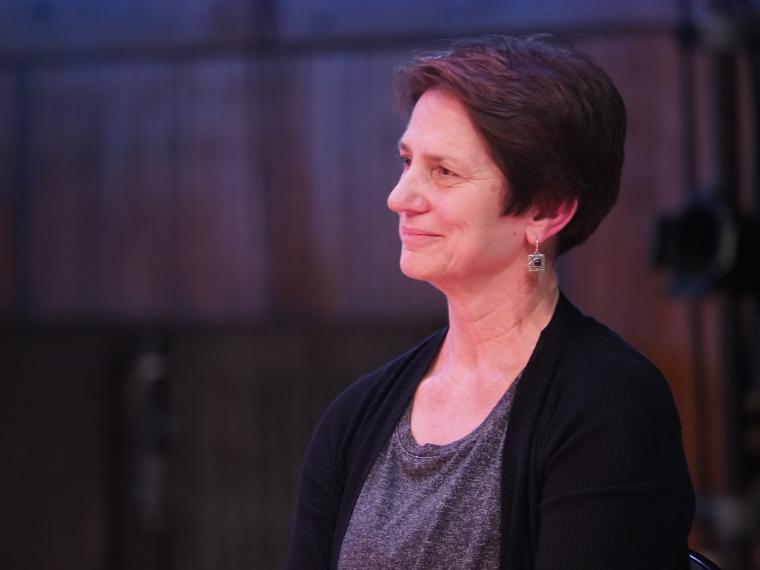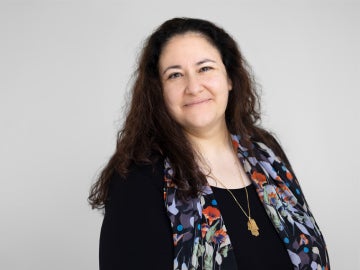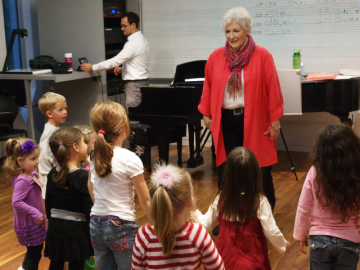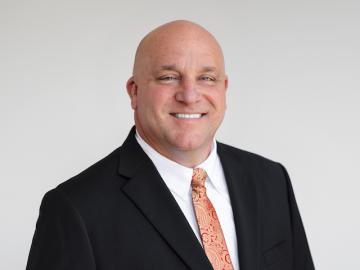Campus News
Health and Wellness Symposium Honors Oberlin’s 'Movement Detective’
November 14, 2016
Amanda Nagy

Dance Instructor Deborah Vogel.
Photo credit: Dale Preston ’83
Dance Instructor Deborah Vogel lives by the motto that “education is key to injury prevention.” A self-proclaimed movement detective, Vogel looks for movement patterns as clues for pain or problems an individual is feeling in the body.
Throughout her 27-year teaching career at Oberlin, she has strived to make students across the college and conservatory healthier and more optimal in their performance. In honor of her retirement in December, the dance department has organized a weekend seminar on health and wellness on November 18 and 19. The program welcomes back to campus seven dance alumni, all of whom have studied with Vogel and have forged divergent careers based on health and wellbeing. Each will give a presentation on techniques and career advice.
“I loved the idea of a health and wellness symposium because I have students who have gone on to do such great things,” Vogel says. “I’m always trying to integrate health and wellness education. My goal is to give them the tools, the skills, and the information necessary to make positive change in their bodies and in their lives. As a ‘whole’ person, you can’t have one aspect all by itself. You’ve got to look at your physical health, mental and emotional wellbeing, and your spiritual health.”
For the majority of her career, Vogel has been teaching courses in body re-education and alignment (functional anatomy), physical wellness for musicians, dance conditioning, and introduction to somatic studies. She is a specialist in neuromuscular education—a focus she began as a young dancer just starting her career in New York City. She trained with Irene Dowd, a neuromuscular specialist who still practices in New York.
“In the early part of my career when I was in New York, I worked in a large sports and dance medicine clinic. Some people would come in with an acute physical problem, but they had no idea that they had any control over the amount of muscular tension in their body. There is this disconnect, it’s like, ‘this is my body, but we’re enemies.’ And that’s where it gets fun because I get to play movement detective, and I always try to find a way into their perspective to give them a few other tools to create change or open up to a new belief about their body. Our bodies are plastic. The brain doesn’t know the difference between what’s real and what’s imagined. There’s so much potential in creating health.”
At Oberlin, Vogel has worked to bridge that disconnect for musicians and athletes. “Frankly, I wish we could make this information available to all first-years,” she says, noting the deleterious effects of stress and anxiety.
In her conservatory class this semester, Vogel marvels at the transformation some of her students are making. Dana Johnson, a fourth-year violin performance major, has been working on adjusting her pelvic tilt to improve her overall posture, as well as stretches that focus on her hip flexors, or iliopsoas.
“Musicians do an immense amount of specific muscle movement each day, just like a tennis player or dancer, and I think that aspect of our craft—the athletic—is often neglected. It is so important, though, for our physical wellness to be in check to prevent injury and allow ourselves to play in the best way, most efficient way, for our bodies,” says Johnson, who is from Ann Arbor, Michigan.
“We talk about the importance of hydration, do exercises to warm up and integrate both sides of the brain, and also explore the different states of mind we can occupy, and how we can use ‘state-changers’ to help optimize focus and learning capability. So much of this information I can use as a musician—whether it's a specific violin-related stretch, or preparing mentally for a practice session—but similarly, all of what we're learning is applicable to my life on a larger scale away from music. It's made me come to see how important it is to take care of my mind and body and what a huge difference that can make for my emotions, my learning, my focus, my art, and my overall well-being and functionality.”
All events for the health and wellness symposium will take place in Warner Center, and the program is open to the campus and community. Alumni presenters include Robert Bettmann ‘97, Lee Fogel ’07, Maya Meunzer ’16, Dana Kotler, MD ’00, Isabel Roth ’11, Sarah Van der Horst ’10, PT, DPT, and Jane Vorburger ’03.
“They all have interesting stories. For each, dance and movement and the focus on health and wellness has always been there,” Vogel says. “I’m asking them to talk about their career, then reflect upon their education at Oberlin, and share any words of wisdom or advice to current students. I’m really curious to hear what they have to say.”
Vogel says she will continue to work on her craft after retirement. “I love teaching. It defines a large part of who I am, even in my parenting. Now that I have grandchildren, I look forward to being the wise matriarch of the family.”
You may also like…
Remembering Former Visiting Assistant Professor Leila Ben-Nasr
Leila Ben-Nasr, a former visiting assistant professor of comparative American studies, died on November 28, 2025.
Oberlin Community Remembers a Beloved Retired Professor
A member of Oberlin faculty for 13 years, Peggy Bennett was known by students and the Oberlin community for creating and leading MusicPlay, a preschool classroom and learning lab run as part of the...
Eric Rooks Named Director of Campus Safety at Oberlin
Longtime public servant emphasizes collaborative partnerships and kindness.


